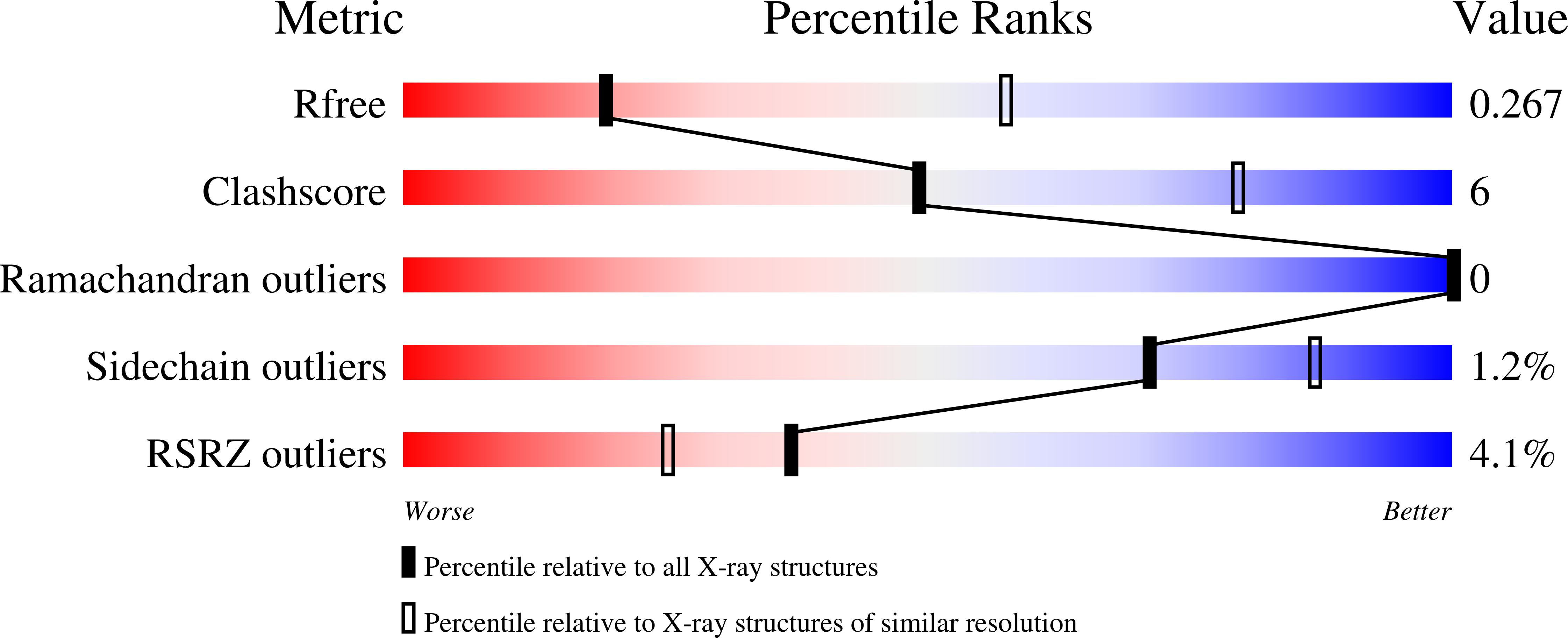
Deposition Date
2021-09-21
Release Date
2022-04-20
Last Version Date
2023-10-18
Entry Detail
Biological Source:
Source Organism:
Arabidopsis thaliana (Taxon ID: 3702)
Oryza sativa subsp. japonica (Taxon ID: 39947)
Oryza sativa tropical japonica subgroup (Taxon ID: 1736656)
Oryza sativa subsp. japonica (Taxon ID: 39947)
Oryza sativa tropical japonica subgroup (Taxon ID: 1736656)
Host Organism:
Method Details:
Experimental Method:
Resolution:
3.21 Å
R-Value Free:
0.26
R-Value Work:
0.20
R-Value Observed:
0.21
Space Group:
C 1 2 1


